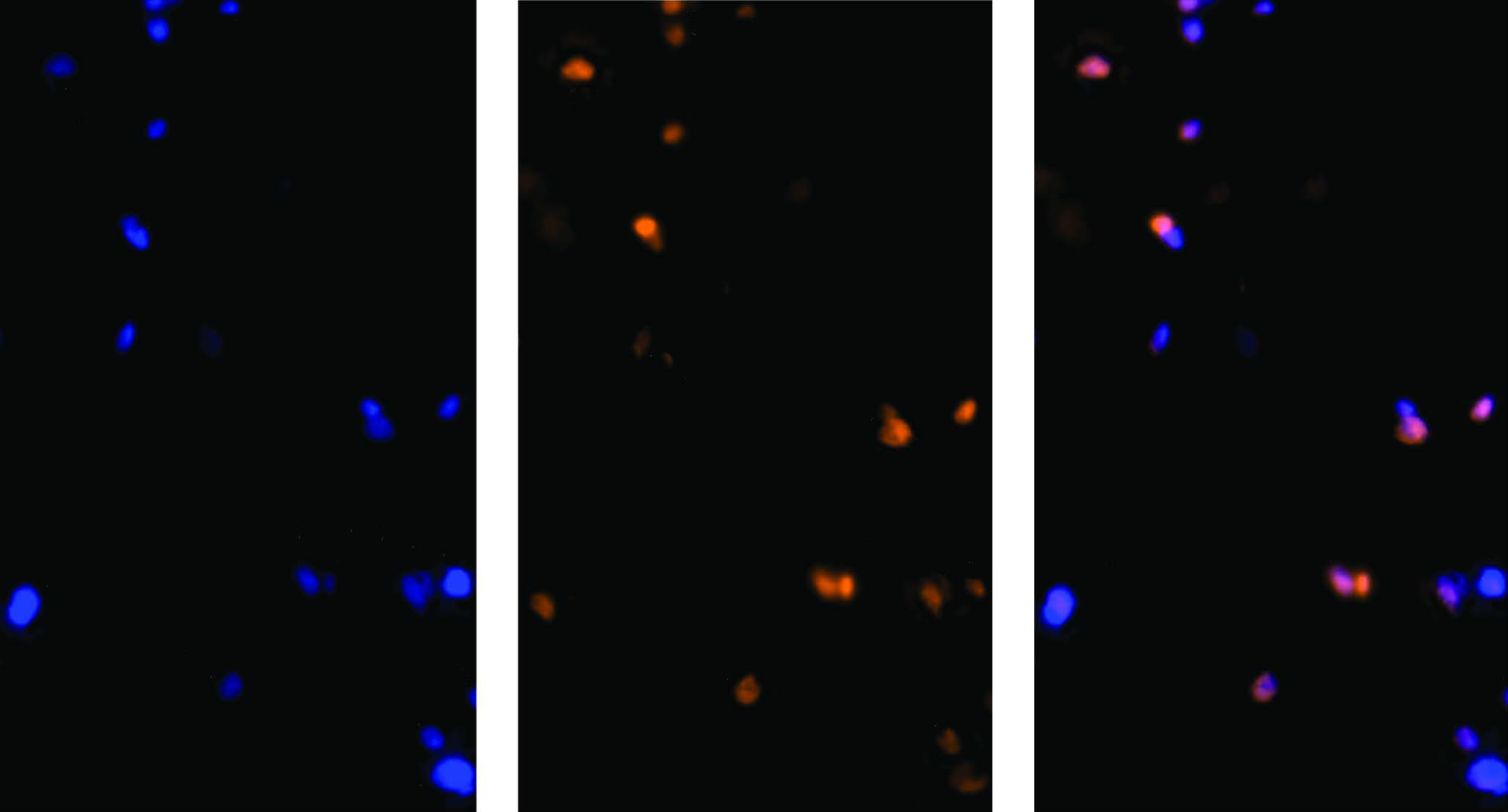
Chemical tags on genomes in neurons altered in autism brains
Neurons from people with autism may have an unusual pattern of chemical tags that turn genes on and off.
Neurons from people with autism have an unusual pattern of chemical tags that turn genes on and off, a study of postmortem brains suggests1.
Though preliminary, the results add to mounting evidence that these tags, called methyl groups, contribute to autism, says lead investigator Evan Elliott, assistant professor of molecular and behavioral neuroscience at Bar-Ilan University in Safed, Israel.
The results also hint at the pathways by which methyl tags might influence brain development: The affected genes regulate inflammation, and communication between neurons.
Other studies have reported altered methylation patterns in brain tissue from people with autism. The new work is the first to identify methyl groups in neurons exclusively. “It’s important to know what cell type this is happening in,” Elliott says.
Methylation patterns on DNA in the brain are established during development. They are part of the ‘epigenome,’ the set of chemical modifications to the genome that help to turn genes on and off. Mutations, neural activity and environmental conditions in the womb, such as maternal diet, can all affect the distribution of methyl groups. The patterns also can vary by brain region and cell type.
“It was important that they [isolated] the neurons instead of looking at bulk tissue, because the epigenome is so different across different cell types,” says Eran Mukamel, assistant professor of cognitive science at the University of California, San Diego, who was not involved in the work. “I think we need larger-scale studies to be able to more completely map what might be altered, but this is definitely an interesting step.”
Distinct patterns:
Elliott and his colleagues examined methyl tags in samples of the brain’s outer layer, the cerebral cortex, from 15 males with autism and 16 without the condition, all aged 16 to 68. They matched the samples for age, brain mass, and the amount of time between death and when the brain tissue was preserved — all factors that can affect methylation.
The researchers separated the nuclei of neurons from those of other brain cells, extracted DNA and looked for methyl tags at 450,000 sites in the genome. They focused on so-called CpG methyl tags — those added to the base cytosine followed by a guanine — which is the most common site for methylation.
They found 58 regions with distinct patterns in autism brains. Two of these regions overlap with two genes, GABBR1 and ABAT, that regulate a chemical messenger called gamma-aminobutyric acid (GABA). GABA quiets neuronal activity, too much of which may contribute to autism.
Two other regions with altered methylation encode microRNAs, snippets of genetic material that influence gene expression. The microRNAs in these regions, miR-124-1 and miR-124-2, are known to fine-tune gene expression during brain development2.
To identify alterations in gene networks, the researchers used an algorithm that groups the CpG sites into 34 ‘modules.’ Each module contains sites that show the same pattern of methylation across brains.
Three of the modules contain most of the sites from the 58 regions identified, the researchers found.
Network news:
The researchers then used existing software to predict which genes the methyl tags in these three modules regulate. Two of the modules influence genes involved in GABA signaling and synapses, the hubs of communication between neurons. The remaining module influences genes that govern immune responses, which are also linked to autism.
“In our analysis, we can see what types of genes are likely being affected,” Elliott says. “However, it is still not 100 percent clear how this is affecting expression.”
The findings were published in the December issue of Cerebral Cortex.
“What is important is that the changes they’re seeing are within pathways that have been suggested before for autism and circuit development,” says Margarita Behrens, senior staff scientist at the Salk Institute in San Diego, California, who was not involved in the work.
Still, she emphasizes that the changes in methylation are small and should be interpreted with caution. “It’s the very first step, and you need to go deeper.”
One way to dig deeper, experts say, is to isolate and characterize subtypes of neurons.
“This is basically the grossest separation of neurons from non-neurons,” says Andrew Jaffe, lead investigator of translational sciences at Lieber Institute for Brain Development in Baltimore, Maryland, who was not involved in the study. “The next phase would be to further partition the inhibitory and excitatory neurons, for example, and profile those.”
Such an analysis could reveal whether methyl patterns specific to autism reflect a shift in the proportion of these two types of neurons. Some studies have suggested that autism is characterized by a dearth of inhibitory neurons.
References:
Recommended reading

New organoid atlas unveils four neurodevelopmental signatures

Glutamate receptors, mRNA transcripts and SYNGAP1; and more

Among brain changes studied in autism, spotlight shifts to subcortex
Explore more from The Transmitter

Psychedelics research in rodents has a behavior problem
Can neuroscientists decode memories solely from a map of synaptic connections?
